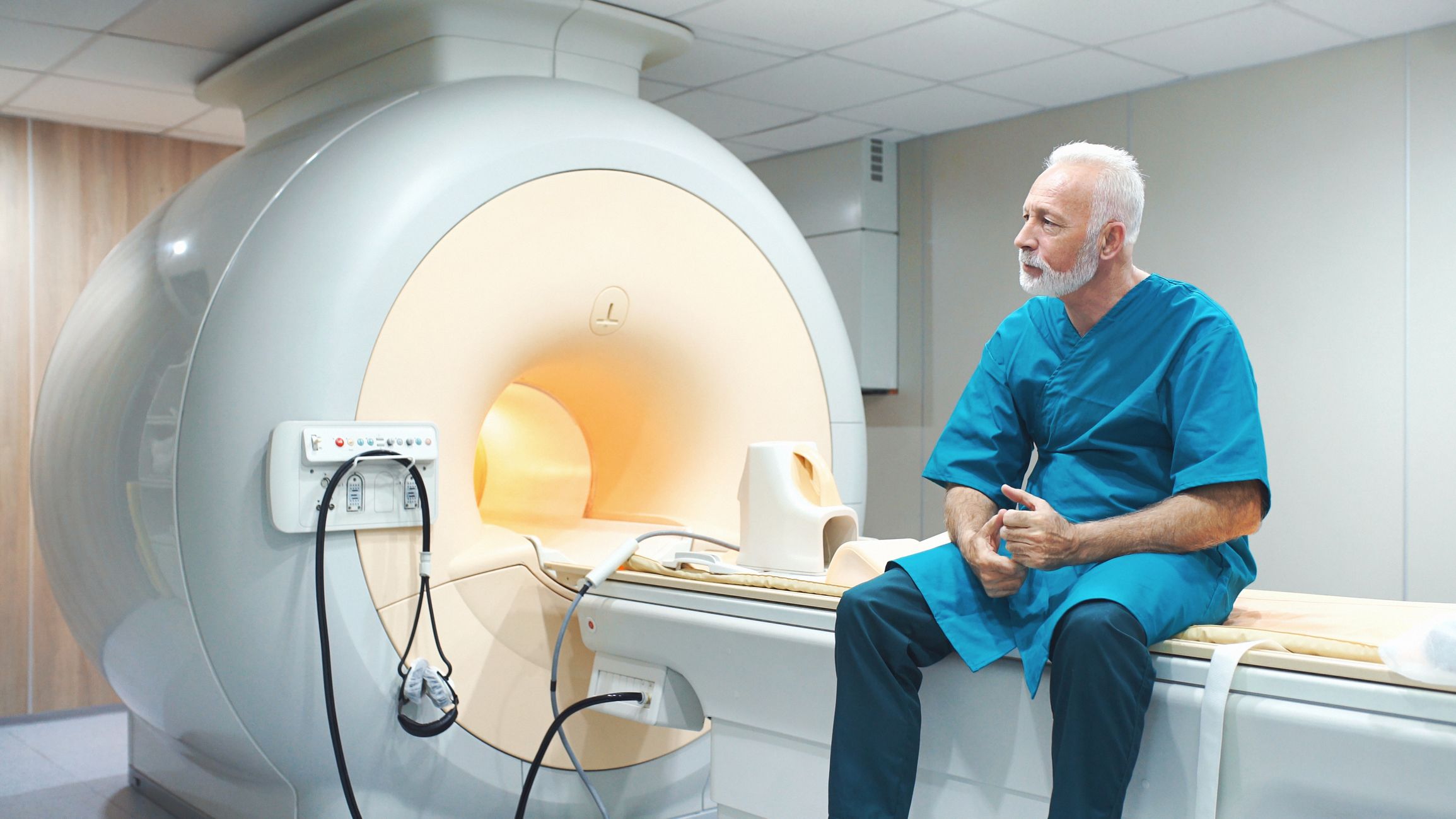Prostate cancer refers to any cancer that begins in the prostate gland. However, as with most types of cancer, there are different subtypes of prostate cancer. There is also a somewhat complex staging system and other information to unpack—Gleason scores, PSA levels, terms like “hormone-sensitive” and “castration-resistant.”
For a person with prostate cancer and their loved ones, this is a lot of information to take in—especially in the wake of receiving a cancer diagnosis or learning that prostate cancer has spread.
In order to make the best decisions you can about your treatment, you’ll want to know everything you can about the cancer that you are up against. A good understanding of your prostate cancer diagnosis requires a good understanding of the basics of prostate cancer.
With that in mind, here are simple explanations of key terms related to prostate cancer.
- PSA level. PSA stands for “prostate-specific antigen.” This is a protein that is made by healthy cells and cancerous cells in the prostate. Most PSA that the body produces goes into semen. Normally, there are small amounts present in the blood. Higher amounts in the blood can be a sign of prostate cancer or other conditions that affect the prostate. PSA levels are also measured during treatment, and can help determine if a treatment is working.
- Localized and metastasis. Localized means the cancers are confined to the prostate. Metastasis means that the cancer has spread to other parts of the body. Bones, lungs, and lymph nodes are common sites for prostate cancer to spread to, though it can spread to many other locations throughout the body.
- Gleason grade. This is a common grading system for prostate cancer, and helps to determine the cancer’s risk of spreading. Samples of cancer cells are collected with a biopsy and examined by a pathologist, who will assign grades to the different samples based on how abnormal they appear. Abnormal means how much they differ from healthy prostate cells in appearance. More abnormal cells are more likely to spread.
- Staging. With prostate cancer, stages I and II refer to localized cancers. Stage III is “locally advanced,” meaning that the cancer has spread to nearby tissues outside the prostate, but no further. Stage IV or advanced prostate cancer means that the cancer has metastasized.
- TNM. This stands for “tumor, nodes, and metastasis.” This is the central concept behind the staging of prostate cancer, and it takes into account three factors—the size of the tumors (T), if the cancer has spread to lymph nodes (N), and if the cancer has metastasized to other parts of the body (M). T, N, and M are used to divide stages into substages.
- Castration-Sensitive Prostate Cancer (CSPC). In many cases, prostate cancer cells fuel their growth with testosterone, a male sex hormone (or androgen) that’s primarily made in the testes. Drugs that suppress the production of testosterone can slow or stop the growth of prostate cancer. This approach is called ADT—androgen deprivation therapy—and is frequently used in the treatment of prostate cancer. Prostate cancers that respond to this approach to therapy are referred to as castration-sensitive prostate cancers (CSPCs).
- Castration-Resistant Prostate Cancer (CRPC). When treating prostate cancer, “castration” refers to the suppression of the testes to drastically lower the amount of testosterone in the body. This can be done through the use of drugs (medical castration) or in some cases, surgical removal of the testicles (surgical castration). Castration-resistant prostate cancers (CRPCs) are the opposite of castration-sensitive prostate cancers (CSPCs) and will continue to grow despite being deprived of testosterone.
Keep in mind that these are simplified explanations, intended to be used as a starting point to better understand a prostate cancer diagnosis. When it comes to information about cancer—and especially your diagnosis—there is no substitute for the information that comes from your healthcare providers. Likewise, your healthcare providers will be the best people to ask if you have a question about your diagnosis.






